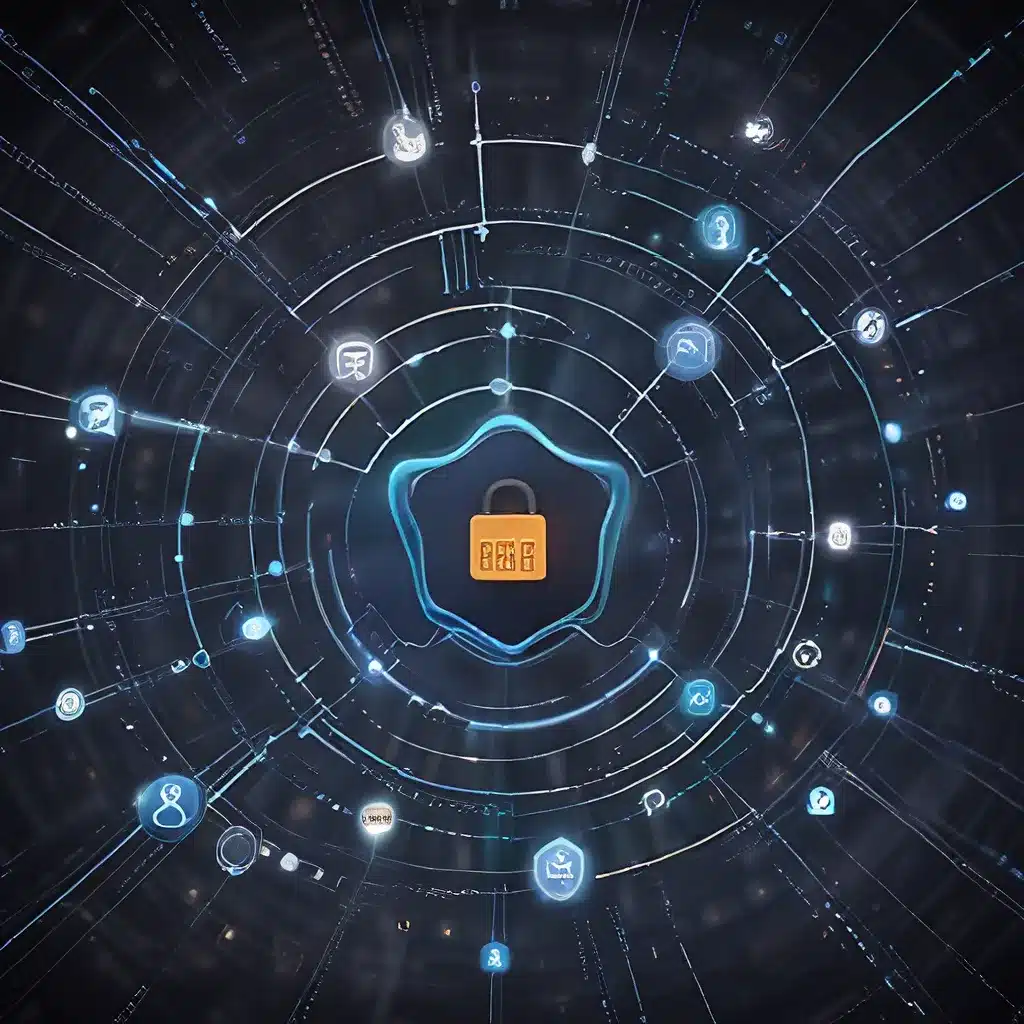
Navigating the Complexities of Sensor Network Security
The rapid growth of the Internet of Things (IoT) has revolutionized how we interact with the world around us. Sensor networks, the foundation of IoT, have become ubiquitous, enabling the collection and analysis of vast amounts of data from our physical environment. However, as these networks expand and become more interconnected, the need for robust security measures has become paramount.
In this article, we will explore the innovations driving the evolution of sensor network authentication and access control, ensuring the IoT frontier remains secure and resilient in the face of emerging threats.
Establishing Robust Authentication Protocols
At the heart of sensor network security lies the challenge of verifying the identity of connected devices and authorizing their access to sensitive data and resources. Traditional authentication methods, such as passwords and encryption keys, have proven to be increasingly vulnerable as the number of IoT devices continues to skyrocket.
To address these concerns, researchers and industry leaders have developed innovative authentication protocols that leverage advanced cryptographic techniques. One such approach is the Elliptic Curve Digital Signature Algorithm (ECDSA), which offers higher security and lower computational overhead compared to traditional RSA algorithms. By leveraging the unique properties of elliptic curves, ECDSA provides strong authentication while minimizing the resource demands on resource-constrained IoT devices.
Another promising solution is the Physically Unclonable Function (PUF)-based authentication, which leverages the inherent physical uniqueness of each IoT device. PUFs exploit the unpredictable and irreproducible variations in the manufacturing process to generate unique digital fingerprints for each device. This approach enhances security by making it virtually impossible for attackers to replicate or forge the authentication credentials of a device.
Research has shown that PUF-based authentication can significantly improve the security posture of sensor networks, particularly in resource-constrained environments, where traditional authentication methods may be less efficient.
Implementing Dynamic Access Control Mechanisms
Alongside robust authentication, dynamic access control is crucial for safeguarding sensor network resources and limiting the impact of potential security breaches. Traditional access control models, such as role-based access control (RBAC) and attribute-based access control (ABAC), have provided a solid foundation, but the evolving nature of IoT has necessitated more sophisticated solutions.
Blockchain-based access control has emerged as a promising approach, leveraging the decentralized and immutable nature of blockchain technology to manage and enforce access privileges. By storing and verifying access credentials on a distributed ledger, blockchain-based systems can enhance the resilience and transparency of access control, making it more difficult for unauthorized parties to gain access to sensitive data or disrupt critical IoT operations.
Another innovative solution is the use of machine learning and artificial intelligence in dynamic access control. By analyzing sensor network activity patterns and user/device behaviors, AI-powered systems can detect anomalies and automatically adjust access permissions in real-time, effectively mitigating the risk of unauthorized access and minimizing the attack surface.
Experts have highlighted the potential of AI-driven access control to enhance the security of IoT ecosystems, particularly in edge computing environments, where sensor data and critical decisions are processed at the network’s edge.
Ensuring Energy-Efficient Security Solutions
One of the key challenges in sensor network security is balancing the energy consumption of security measures with the limited power resources of IoT devices. Energy-efficient cryptographic algorithms and secure communication protocols have become a critical focus for researchers and industry players alike.
Lightweight cryptography, such as Authenticated Encryption with Associated Data (AEAD) algorithms, have emerged as viable solutions for resource-constrained IoT devices. These cryptographic primitives offer high-performance encryption and authentication while minimizing the computational overhead and energy consumption on sensor nodes.
Studies have demonstrated that the strategic deployment of lightweight cryptography can significantly improve the energy efficiency of sensor networks without compromising the overall security posture.
Additionally, energy-aware access control mechanisms, such as dynamic duty cycling and sleep scheduling, can further optimize the power consumption of IoT devices, ensuring that security measures do not drain the limited battery life of sensor nodes.
Embracing the IoT Security Frontier
As the IoT ecosystem continues to expand and evolve, the need for robust security solutions has never been more critical. The innovations in sensor network authentication and access control discussed in this article represent a crucial step towards securing the IoT frontier.
By leveraging advanced cryptographic techniques, blockchain-based access control, and AI-powered dynamic access management, sensor network architects and IoT developers can build resilient and energy-efficient security infrastructures that protect against emerging threats and ensure the long-term sustainability of the IoT ecosystem.
As we continue to explore the frontiers of sensor networks and IoT technologies, it is essential to maintain a vigilant and proactive approach to security, empowering the next generation of connected devices and smart applications. The future of the IoT is bright, but it is only secure when we safeguard its foundations.